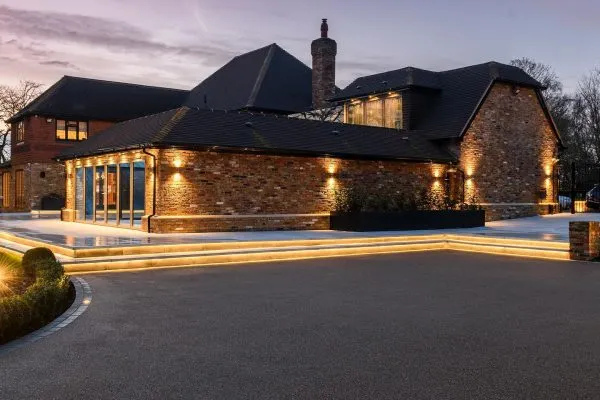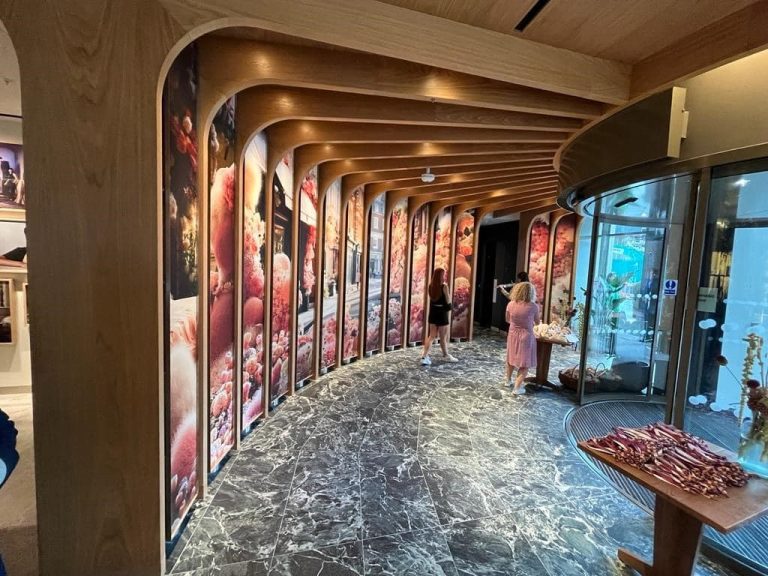When it comes to industrial projects, there’s no room for error, especially when it involves your pipe fittings. These small but mighty components are the backbone of any plumbing or piping system, connecting everything and keeping operations running smoothly. But with so many options out there, how do you know you’re picking the right ones? Don’t worry; we’ve got you covered. Whether you’re working on a high-pressure system, tackling corrosion issues, or just trying to avoid costly mistakes, these 10 tips will help you choose the perfect pipe fittings for your project. 1. Understand Your Project’s Specific Needs Before you start shopping for fittings, take a step back and think about your project. What’s the goal here? Are you transporting chemicals, water, or gases? Does your system need to handle extreme temperatures or high pressure? Answering these questions upfront can save you from headaches later. For example, a food processing plant will have very different requirements from a chemical storage facility. Think about the type of fluid running through your system, the operating conditions, and the level of precision required. The clearer you are on these needs, the easier it will be to find fittings that check all the right boxes. 2. Focus on Corrosion Resistance Corrosion is one of the biggest enemies of any industrial system. Over time, exposure to moisture, chemicals, or harsh environmental conditions can degrade your fittings, causing leaks and system inefficiencies. But don’t worry, this is where corrosion-resistant materials come in. Take stainless steel, for example. Its durability and resistance to corrosion make it a trusted choice for applications requiring long-lasting performance. Whether you’re working with water tanks or chemical storage, stainless steel tank fittings offer a reliable solution to keep your system running smoothly. They’re tough, they’re efficient, and they’re built to handle the job. 3. Match the Material to the Environment Here’s a quick reality check: not all materials can handle every environment. Your fittings need to be tough enough to withstand the conditions they’ll face. For instance, stainless steel fittings are perfect for handling corrosive or high-temperature environments, while PVC is lightweight and ideal for low-pressure systems. Imagine using a non-corrosion-resistant fitting in a system exposed to moisture. You’d be dealing with rust and leaks in no time. Choosing materials like stainless steel ensures your system stays durable and efficient, no matter the conditions. Bonus? It can save you money on repairs down the line. 4. Consider Pressure and Temperature Ratings Pressure and temperature are two things that can make or break your system, literally. Not all pipe fittings are designed to handle high-pressure or extreme temperature fluctuations. If your fittings aren’t rated for the job, you could be looking at leaks, system failures, or even safety hazards. Think about the operating conditions of your system. For high-pressure systems, fittings made from robust materials like brass or stainless steel are your best bet. When it comes to extreme temperatures, stainless steel fittings again rise to the occasion, providing reliability under stress. 5. Think About Compatibility with Pipes Ever tried forcing puzzle pieces together that just don’t fit? That’s what happens when your fittings and pipes aren’t compatible. Mismatched materials or incorrect sizes can lead to leaks, weak connections, and a lot of frustration. Make sure your fittings are designed to work with the pipes in your system. Match the material, size, and thread type to ensure a secure, leak-free connection. It’s a small step, but it makes a huge difference in the long-term performance of your system. 6. Choose the Right Fitting Type for Your Needs Not all fittings are created equal. Each type has its specific role, and picking the wrong one can throw your system off balance. Elbows are perfect for sharp turns, tees are great for splits, and couplings help extend pipe lengths. Knowing what each fitting does will help you make better decisions. Think about the flow and layout of your system. Do you need a flexible connection? A durable joint? Or maybe a fitting that can handle high flow rates? Take the time to map out your system and choose fittings that align with its needs. 7. Prioritize Ease of Installation Let’s be honest: installation can be a real pain if you’re not working with user-friendly components. The last thing you want is to spend hours struggling to install a fitting, or worse, end up with a poorly secured connection. Modern fittings, like quick-connect options, are designed to simplify the process. These fittings snap into place without the need for complex tools or excessive effort. Not only do they save time, but they also reduce the risk of installation errors, making them a solid choice for large-scale projects. 8. Evaluate Maintenance Requirements No system is maintenance-free, but you can make your life a lot easier by choosing fittings that are easy to maintain or replace. Look for fittings with straightforward designs that allow for quick inspections and repairs. Regular maintenance can extend the lifespan of your system, reduce downtime, and prevent costly breakdowns. The easier it is to access and maintain your fittings, the smoother your operations will run. Trust us, in future, you will thank us. 9. Balance Cost with Quality Let’s talk money. It’s tempting to go for the cheapest fittings on the shelf, especially when you’re working with a tight budget. But here’s the catch: low-quality fittings often lead to higher costs in the long run. Think about frequent repairs, replacements, and system failures. Not worth it, right? Investing in high-quality fittings upfront ensures your system runs efficiently and lasts longer. It might feel like a splurge at first, but when you’re not dealing with constant issues, you’ll see the value. 10. Consult with Experts or Suppliers Sometimes, the best thing you can do is ask for help. Industry pros and reputable suppliers have the knowledge to help you choose the best fittings for your project. They can guide you through difficult issues, recommend supplies, and guarantee you’re making the right decision for













